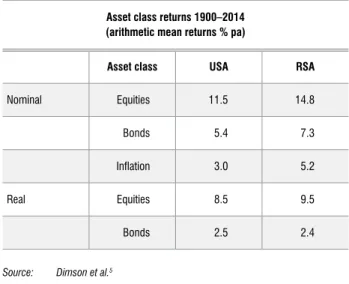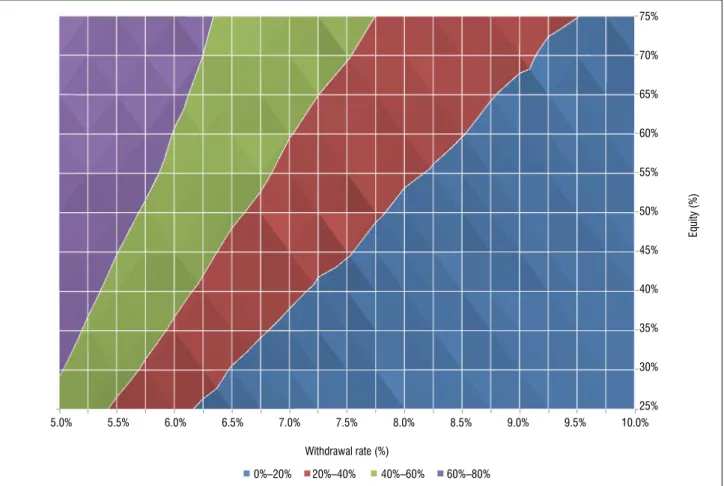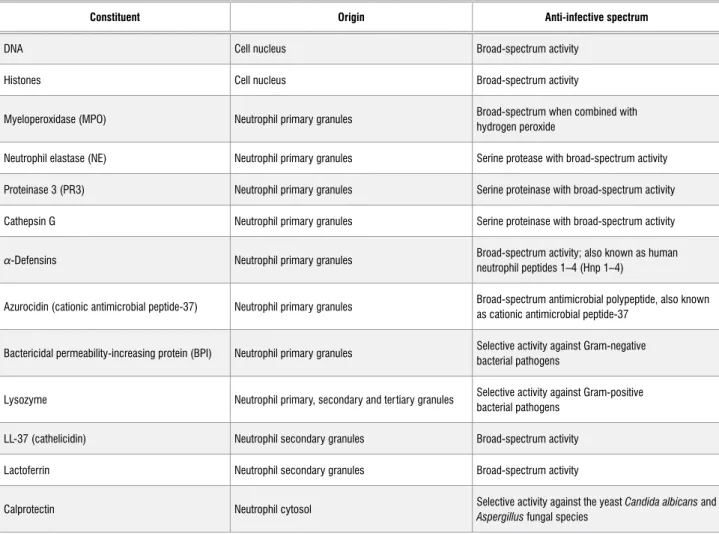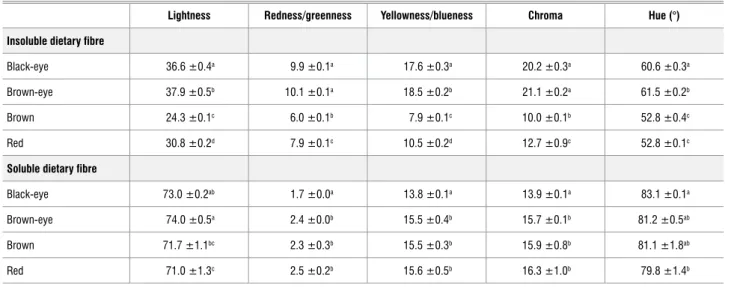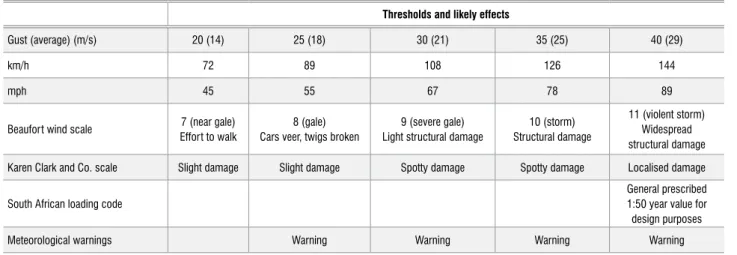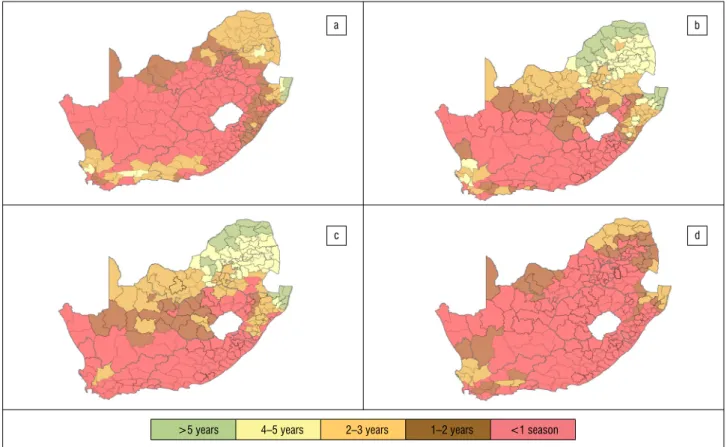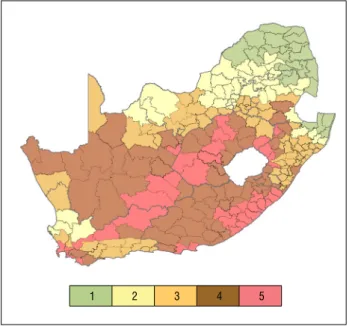And this spirit carried over into the extensive news coverage of the Forum sessions and the open data initiative. Such was the case with South African media coverage in 2015 of hominid finds from the Rising Star Cave system in South Africa's "Cradle of Mankind".
And here she was at the forefront of anthropologists in the rest of the world. The Moral Education of Children in Schools', 'City Life', 'Sewage Disposal in the Cape Colony' and.
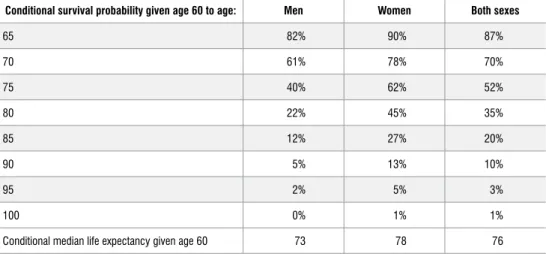
Introduction
Rapid industrialization and urbanization have greatly increased the concentrations of trace metals as pollutants in the urban environment. This review reports on the concentrations of trace metals in crops, including leafy vegetables harvested from different urban areas, thus highlighting the presence of trace metals in leafy vegetables.
Evidence of trace metals in plants
These pollutants (trace metals) are more likely to have a detrimental effect on peri-urban agriculture which is now becoming a permanent feature of the landscape of many urban cities in the world. Various ways of uptake of trace metals by leafy vegetables, such as the leaf and roots, and possible health risks associated with urban fame are discussed and various morphological and physiological impacts of trace metals in leafy vegetables are described.
Toxicity of trace metals in plants
In a separate study on lead uptake by lettuce leaves, it was discovered that particles deposited on plant leaves can be retained by cuticular waxes and trichomes, while some of the metals contained in particles can penetrate into plant tissues.26 Micro-X-ray fluorescence, scanning electron microscopy combined with energy-dispersive X-ray microanalysis and time-of-flight secondary ion mass spectrometry was used to investigate the localization and speciation of lead in the leaves of various plants around a copper smelter, and it was found that lead-enriched particles were present on the surface of plant leaves.24 The study also reported on biogeochemical transformations on the leaf surfaces with the formation of secondary lead species (PbCO3 and organic lead). Overall, it was evident that trace metals could reach the edible parts of vegetables, especially the leafy parts, through atmospheric deposition and could also be translocated to different parts of the plants via the root system.
Trace metals uptake mechanism by plants
These metal ions are then bound to phytochelatins to form complex structures that are sequestered or compartmentalized in the vacuole.,49,67. Exposure to trace elements such as mercury, cadmium, lead and nickel in the soil encourages the plants to formulate steps to counteract the effects of these toxins.
Quantifying human risk associated with trace metals in plants
Therefore, plants have developed a defense mechanism that involves glutathione in the detoxification of reactive oxygen species through the ascorbate-glutathione cycle.67 During exposure to high levels of trace metals, accumulated metal ions are detoxified by phytochelatins that are produced by glutathione in plants. .
Conclusion
Acknowledgement
Authors’ contributions
Heavy metal contamination in soil and factors affecting metal uptake by plants near a Korean Cu-W mine. Until very recently, it was believed that the human innate immune system possessed minimal discriminatory activity in the environment of a rather limited range of microbicide or virucidal mechanisms.
Mechanisms of NET formation
NET constituents
Disruption of the nuclear membrane allows PAD4 access to the nucleus, which in turn triggers a cascade of events that culminates in the formation of the neutrophil extracellular trap (NET). This involves PAD4-mediated citrullination of core histones, followed by chromatin decondensation and mixing of core and granular antimicrobial components in the cytoplasm to form a matrix that is released extracellularly as NETs.
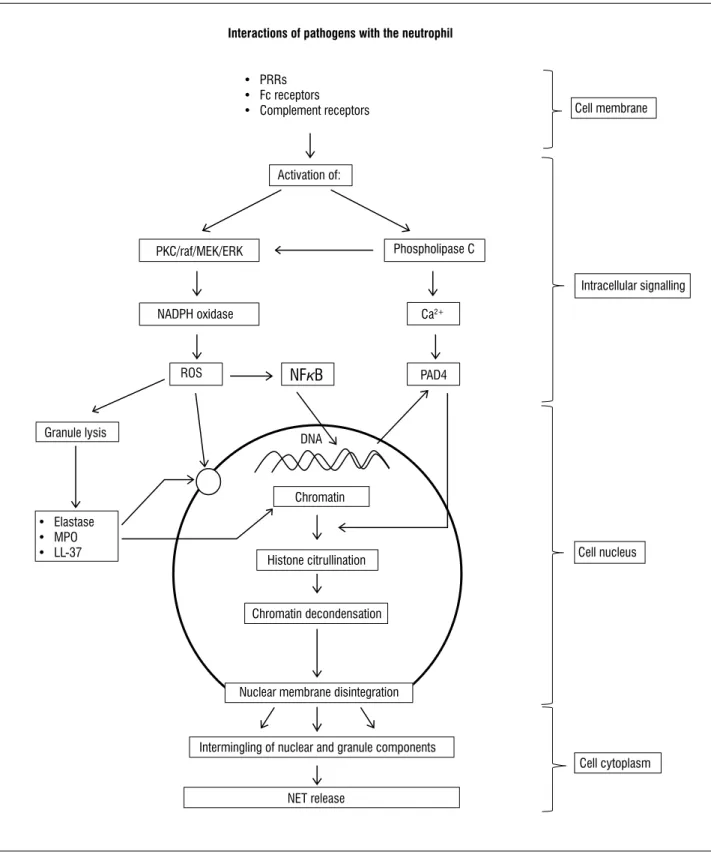
Beneficial effects of NETosis
While the exact role of NETs in the host response to infection remains to be conclusively elucidated, the increased susceptibility of patients with chronic granulomatous disease (CGD) to infection in this context is noteworthy. Deep vein thrombosis (DVT) is the formation of a blood clot (or thrombus) in a deep vein, mainly in the legs.
Conclusions
Capsular polysaccharides from Cryptococcus neoformans modulate the production of neutrophil extracellular traps (NETs) by human neutrophils. Enhanced release of neutrophil extracellular traps by peripheral blood neutrophils in patients with rheumatoid arthritis.
Literature
While consensus regarding the content of a curriculum will be difficult to achieve, awareness of potential gaps in the curriculum should be brought to the attention of the botanical and educational communities. The knowledge that is included in the school curriculum is described by Taber19 as a curriculum model of science itself.
Results
This topic includes the same four strands of knowledge that are used in the Middle Phase12 (p. 9). Many of the topics, including biosphere, biodiversity, sexual reproduction, variation (grade 7) and interactions and interdependence in the environment (grade 8) appear to be focused on both plants and animals (including humans).
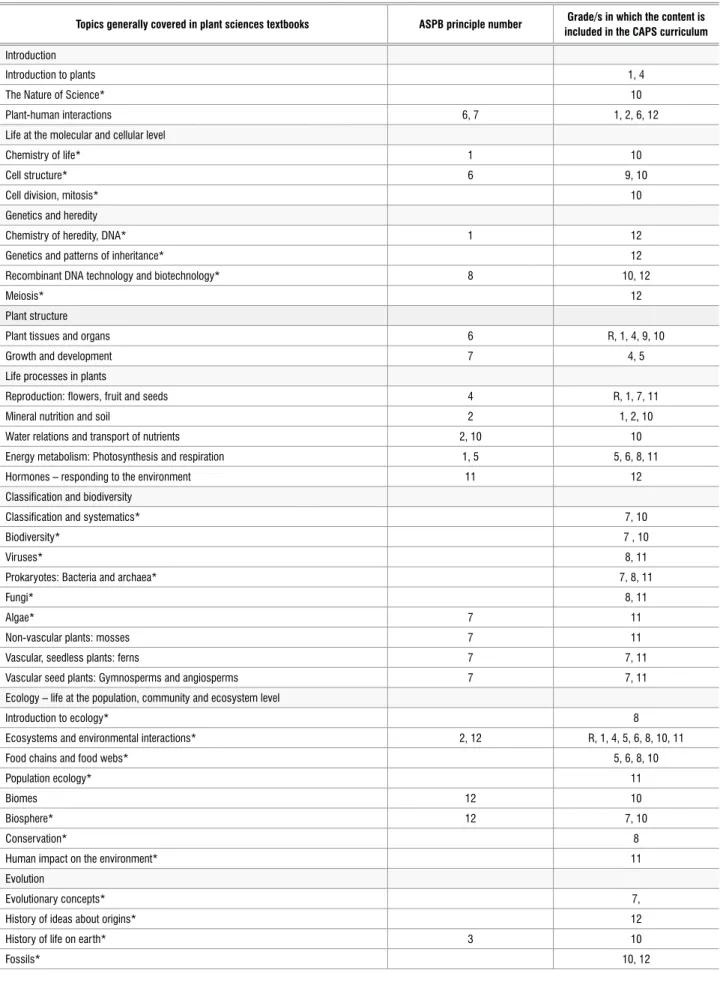
Discussion
Some of the suggested activities may be useful for developing a love for plants. We assessed the responses of elephants in the southern section of the Kruger National Park to five different treatments: (1) control noise, (2) bee buzzing noise, (3) honey-scented control noise, (4) honey and (5) honey-scented bee noise.
Materials and methods
Treatment labels are as follows: (1) control sound, (2) bee buzzing sound, (3) honey smell, (4) honey smell control sound, and (5) bee sound with honey smell. All the elephants exposed to the honey-scented bee sound reacted cautiously, and 15 of the 21 individuals also fled.
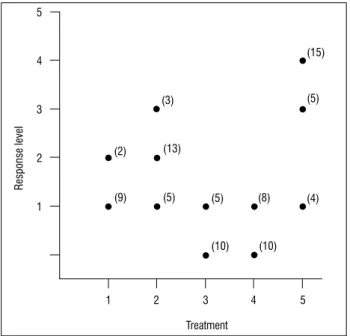
Acknowledgements
Because of the increased likelihood of elephant exposure to bees in Kruger, the subjects in our study were potentially familiar with the sound and smell of live beehives and therefore better equipped with cues indicating a real bee threat. Our findings therefore suggest that the use of active (buzzing and scenting) bees, as recommended by King et al.9, may be seriously inconsistent with the timing of elephant attacks.
Authors’ Contributions
They derive a log-likelihood function where a given cluster configuration can be evaluated to determine whether it represents the inherent structure for the data set: cluster configurations that approximate the maximum log-likelihood are better representatives of the structure of the data. Although unsupervised approaches have been discussed (see Omran et al.12 and references therein), the advantage of Giada and Marsili's approach is that it has a natural explanation for clustering in the application domain investigated here.
Cluster analysis
Correlation indicates the direction (positive or negative) and the degree or strength of the relationship between two data points. In this research, the dataset refers to a set of the objects indicating N assets or stocks, and their functions are prices across D days in the dataset.
Parallel genetic algorithms
Giada and Marsili11 propose that maxs Lc(S) is a measure of the structure inherent in the cluster configuration represented by the set S={s1,..,sn}.
Computational platform and implementation
Master-slave parallel genetic algorithm for cluster identification Initialise ecosystem for evolution
To achieve data parallelism and take advantage of the CUDA thread hierarchy, we mapped individual genes onto a two-dimensional grid. Subsequently, an adjacent matrix is constructed by using data values from the correlation matrix in combination with the computed cluster configuration of the respective data set.
Data and results
The implementation of master-slave PGA showed that the efficiency depends on the different parameters of the algorithm. The conclusions herein are those of the authors and the NRF accepts no responsibility in this regard.
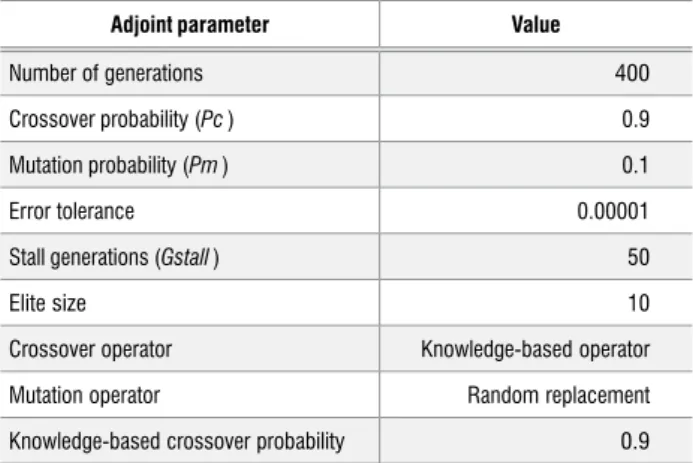
Literature review
As there were three levels of analysis – the institution, UoTs as a group, and all the public universities in South Africa – it was easier to use the growth rate for comparison than to use the raw figures. Other South African researchers have grown their audience in the same way, but not at the rate of the UoTs.
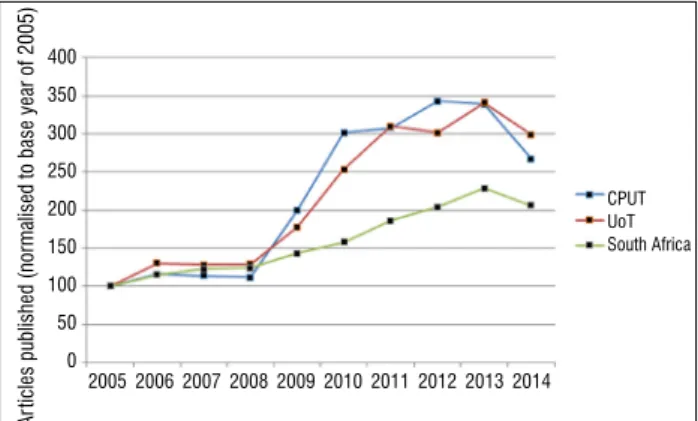
Author Contributions
This article contributes to the literature on science and technology publishing patterns in developing countries and represents one of the few scientometric studies of a South African institution. The goals of the paper were to determine the publication patterns of researchers at the faculties of applied science and technology at CPUT, and the results show a steady growth of research results in science and technology at the university.
Materials and Methods
The objectives of this study were to extract soluble and insoluble dietary fibers from four varieties of Bambara groundnut (BGN) (black-eyed, brown-eyed, brown and red) using the wet milling method and to evaluate their physicochemical properties. The wet milling method is cheaper and easy to use.5 Therefore, the objectives of this study were to extract soluble and insoluble fibers from whole seeds of BGN cultivars using the wet milling method as an alternative to the enzymatic-gravimetric method and to evaluate their physicochemical properties. properties.
Assessment of the physicochemical properties of BGN fibres
First, proteins were precipitated by adjusting the pH of the soluble fraction from pH 3 to pH 9 using 1 N NaOH and 1 N HCl. The supernatant was subjected to a tangential flow filtration system (Spectrum Laboratories Inc., Rancho Dominguez, CA, USA) and each fiber solution was washed with four diafiltration volumes to remove any contaminants.
Results and Discussion
The purpose of the research was to develop a national wind hazard profile in the country for eventual input into the national hazard and vulnerability indicator profile. This impact is reflected in the analysis results which showed that wind risk across South Africa is highly variable, both spatially and seasonally.
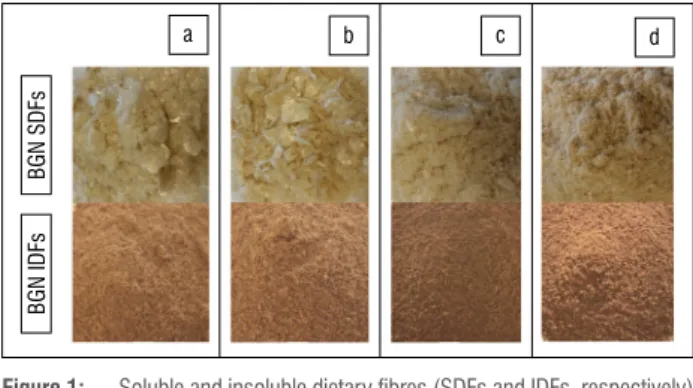
Definitions of wind hazard factors considered
Determination of thresholds of hazardous wind speeds
A study was carried out for most of the European territory to present threshold values for warning of strong gusts.15 This was based on the determination of return period values using validated gusts.
Data
The findings of the survey will serve as essential inputs in wind hazard risk determination (with additional two inputs, vulnerability and capacity) by the NDMC. While the left side of the abdomen was compressed, the right side was largely intact (Figure 6b).
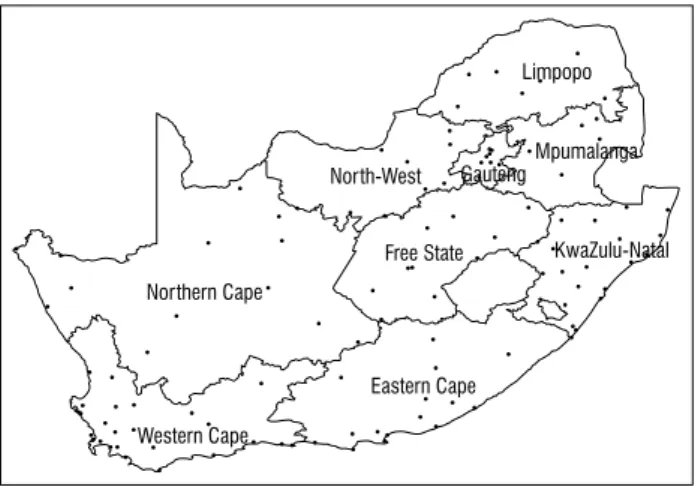
Materials and method
The effect of ore processing on the distribution of radioactive nuclides was also examined. By comparing the activities of the nuclides in the standards and samples, the activities of the uranium-238 and thorium-232 samples were calculated.
Results and discussion
From the activity concentrations of the radioactive nuclides, Hex, Hi, Iγ and Raeq were calculated using the formulas in equations 2-5 respectively. The Anderson-Darling (AD) test was performed on radionuclide activity concentration data using Minitab® 16 statistical software to evaluate the activity concentration distribution pattern in the LSA phosphogypsum.
Conclusion and recommendation
O3 levels in the Jhb-Pta megacity will be reduced more effectively if VOC (volatile organic compound) emissions are reduced. The effect of reducing vehicle emissions in the mega-city of Jhb-Pta on O3 production was also examined.
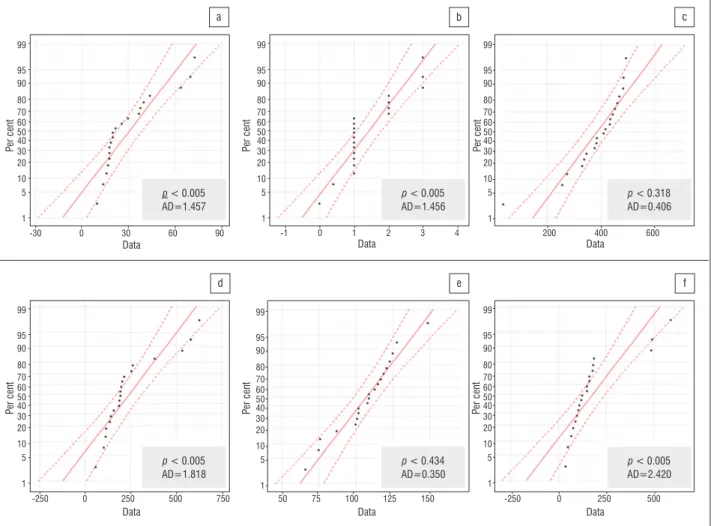
Model decription
In this study, a photochemical box model with a detailed representation of the chemistry of ozone (O3) formation was used to investigate the current state of air quality and photochemical processes in the Jhb-Pta metropolitan area and scenarios that could potentially mitigate air pollution. The MECCA-MCM-UPWIND model was used to perform sensitivity studies on the impact of various parameters on O3 levels in the Jhb-Pta metropolis.
Model domain
This model was named MECCA-MCM-UPWIND, which included horizontal and vertical mixing processes as well as boundary layer height variation. These processes were included to simulate the advection of upwind air masses into the modeling domain, as well as the entrainment from the troposphere through the diurnal mixed layer (ML) height variation, enabling a more detailed simulation of the processes controlling air quality in the Jhb. -Pta city building.
Input data
This indicated that the Mpumalanga Highveld could potentially be a major source of NOx in the megacity of Jhb-Pta. The effect of reducing vehicle emissions in the mega-city of Jhb-Pta on the immediate production of O3 was also examined.
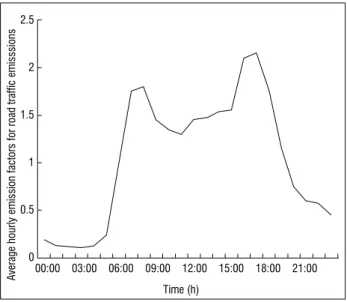
Acknowledgments
Although termite tracks were found in the mounds, if they had played an important role in the formation of the heuweltjie, we would expect the gravels inside the mound to be significantly lower in height than those outside the mound.2 The relative absence of gravel in the upper layers of the mound sediments is also unlikely to be the result of extensive bioturbative subsidence of gravel termites, because the gravel layer is lowered. Of the elements analyzed (Figure 7), only Na and Zr were in significantly higher concentrations outside the mound than in the mound (Figure 6).
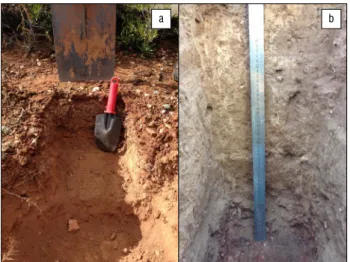
Re-examination of Lockwood’s claims
COB 101
Association between delayed maturity and group composition Using the gorilla as a model, Lockwood et al.18 also suggested an association between prolonged male growth of A. It therefore appears that Lockwood et al.18 argue that the difference in sex bias of male deaths as a result of predation and prolonged male growth are taken as evidence of one-male Australopithecus robustus social groups seems doubtful.
Clues to A. robustus societies from ecological factors
There is a marked difference between the diets (major foods) of the 'mighty' australopithecines that inhabit the savannah and the African apes that inhabit mainly the rainforests. For australopithecines, being medium-sized savanna dwellers, predation pressure is not sufficiently suggestive of single-male harems due to the high risks involved.
Concluding remarks
The implications of the findings are discussed in light of public awareness and human origins. Addressing such misconceptions should be one of the roles of the visitor centers in the Cradle of Humanity.
Context of the study
This article analyzes responses to questions from a survey of more than 800 adult visitors to Cradle of Humankind visitor centers, covering their understanding of the concept of the "cradle" and their views on human evolution. The sample was not representative of the population of South Africa, but was a self-selected group of individuals and groups who decided to visit the cradle of humanity.
Findings
Of the small number of participants (n=135) who suggested where else the Cradle of Humankind might be, 56% referred to East Africa or one of its components (Kenya, Ethiopia or Tanzania), while another 15% listed. This is especially important in light of the large number of school children visiting the cradle of humanity.
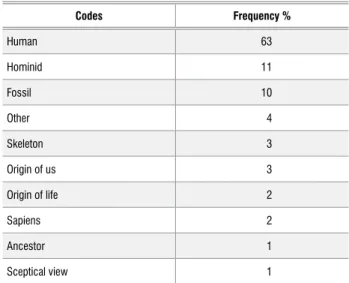
Utilisation of amino acids
The frequency of use of the 22 carbon sources by the remaining isolates was as follows: C. The BIOLOG system was also valuable in determining the isolates' potential food spoilage characteristics.
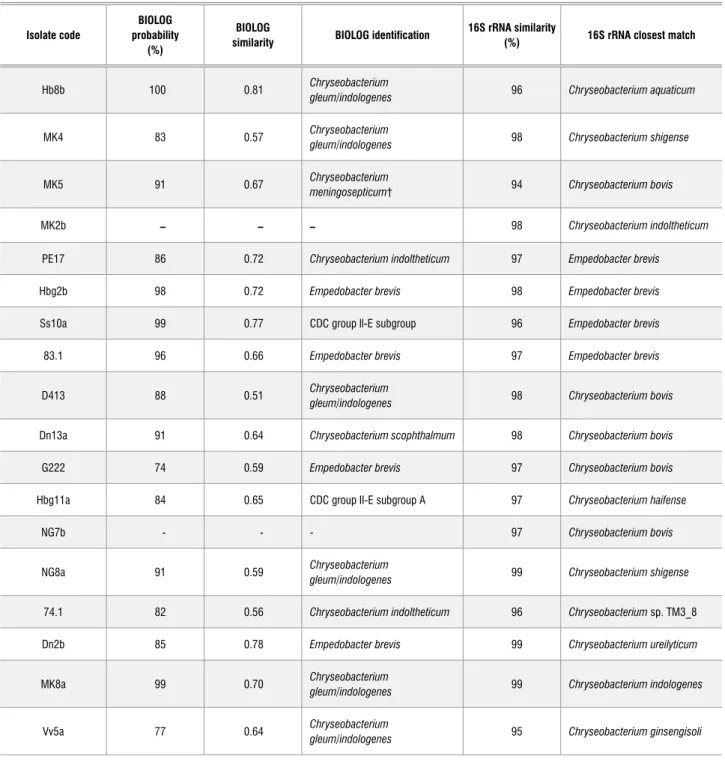
Authors' contributions
Although the BIOLOG system could not be used as an identification tool due to the limited database, it proved to be an excellent differentiation tool based on the substrates used by the isolates. The flavobacterial species are believed to have the potential to cause spoilage defects in dairy products because they were able to utilize a wide range of compounds in the BIOLOG system.
